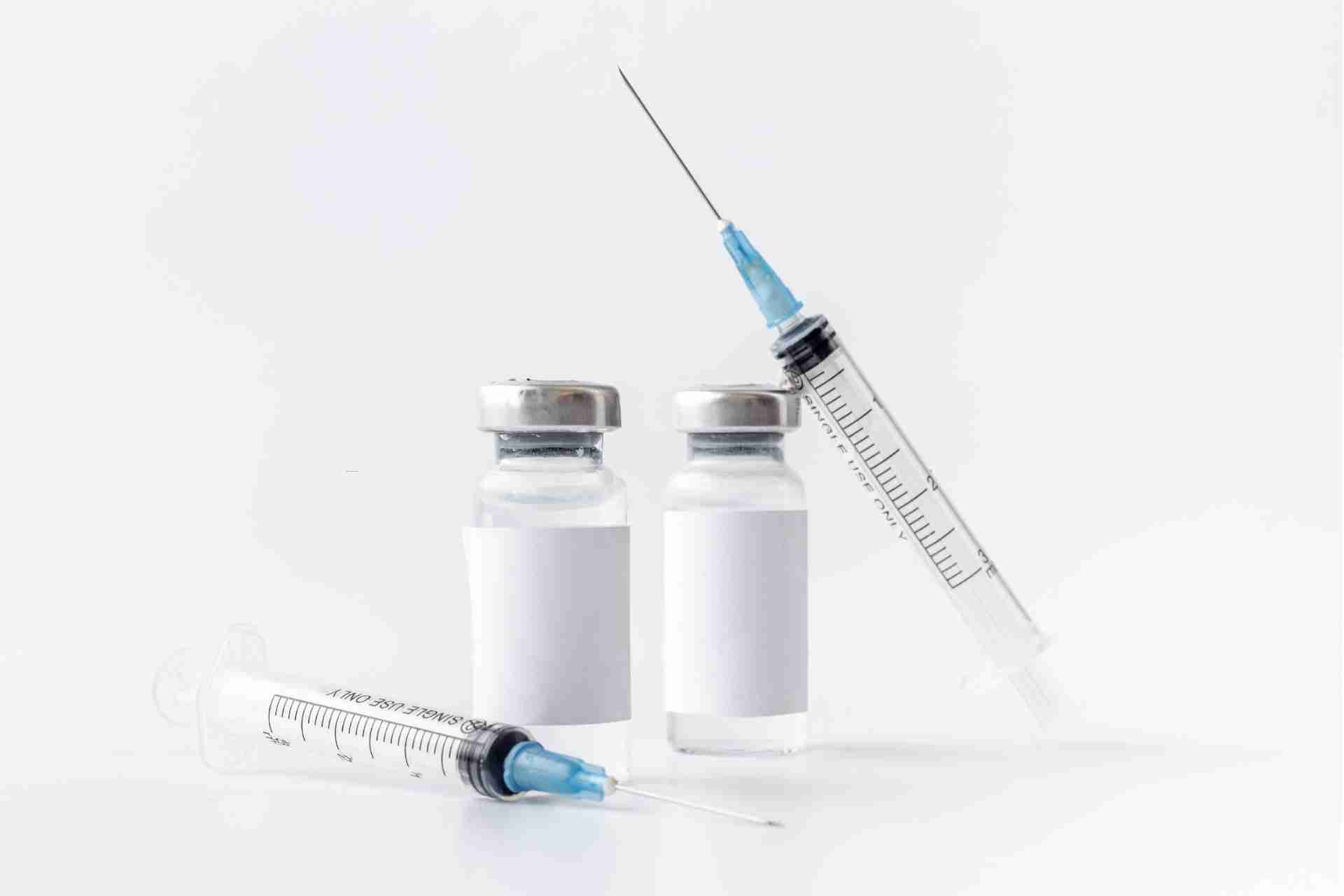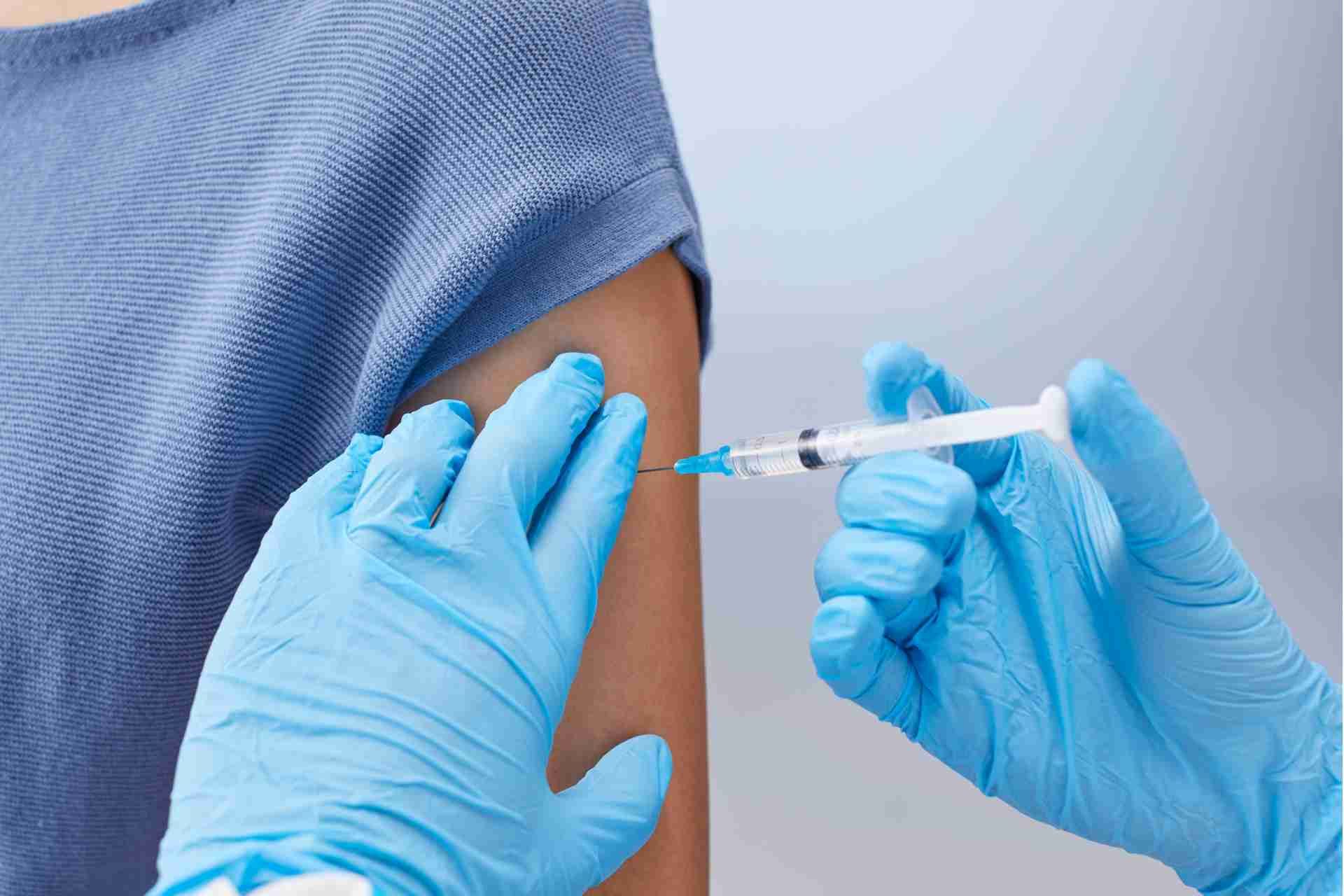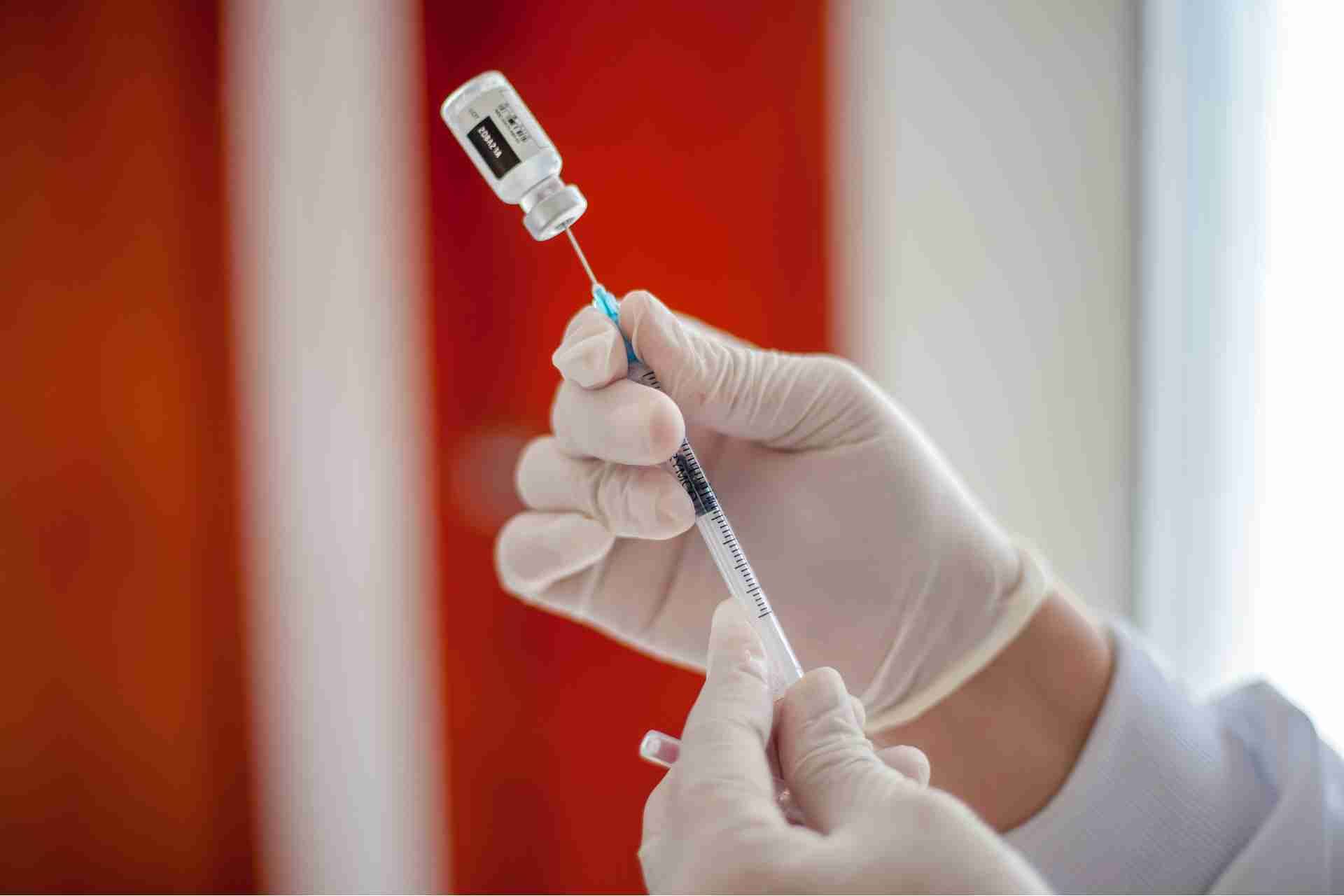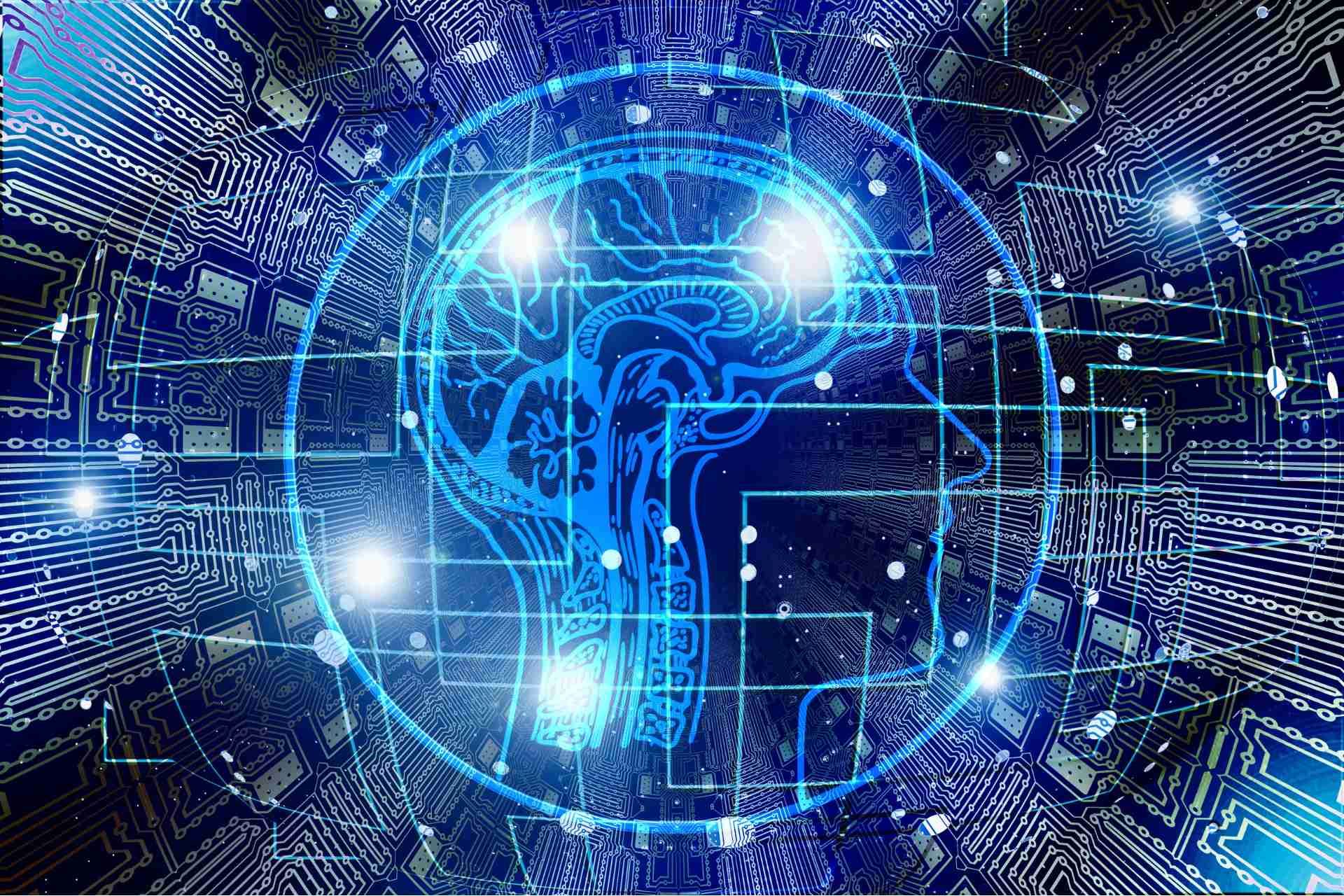Understanding PTSD in Children and Teens
Post-Traumatic Stress Disorder (PTSD) is not limited to adults. Children and teenagers can experience this debilitating mental health condition as well, and yet it often goes unnoticed or misinterpreted. It is crucial to comprehend the nature of PTSD in young individuals, as it significantly impacts their physical, emotional, and cognitive development. Keep reading as we shed light on PTSD in children and teens, highlighting the signs, causes, and importance of early intervention and support.
What is PTSD
PTSD, or Post-Traumatic Stress Disorder, is a mental health condition that can develop in individuals who have experienced or witnessed a traumatic event. It is characterized by a range of symptoms that persist beyond the traumatic event and significantly impact the person's daily functioning.
Common traumatic events that can lead to PTSD include war, physical or sexual assault, natural disasters, accidents, or the sudden death of a loved one. Symptoms can vary but generally fall into four categories: intrusive thoughts or memories of the traumatic event, avoidance of reminders or triggers, negative changes in thoughts and moods, and heightened arousal or reactivity.
Intrusive thoughts can manifest as flashbacks, nightmares, or distressing memories that intrude into the person's consciousness. Avoidance may involve avoiding people, places, or activities that remind the individual of the trauma. Negative changes in thoughts and moods can include feelings of guilt, shame, or a distorted sense of blame. Lastly, heightened arousal refers to being easily startled, having difficulty concentrating, experiencing sleep disturbances, or engaging in impulsive or reckless behavior.
Important Points about PTSD in Children and Teens
Recognizing the Signs
PTSD manifests differently in children and teenagers compared to adults. While adults may express their distress verbally, children often resort to non-verbal cues such as behavioral changes, regression, nightmares, and separation anxiety. Adolescents, on the other hand, may exhibit anger, withdrawal, emotional numbness, substance abuse, or self-harm. It is crucial for parents, educators, and healthcare providers to be vigilant and attuned to these signs, as early intervention can make a significant difference in facilitating recovery.
Traumatic Triggers
The causes of PTSD in children and teens can be broadly categorized into two groups: acute traumatic events and chronic relational trauma. Acute traumatic events include experiences like physical or sexual abuse, accidents, natural disasters, witnessing violence, or being exposed to extremely distressing situations. On the other hand, chronic relational trauma stems from ongoing abuse, neglect, domestic violence, or living in unstable and unsafe environments. Understanding the underlying causes helps identify the potential triggers and develop appropriate management strategies.
The Impact on Development
The long-term impact of PTSD on children and teenagers must not be underestimated. With their brains still developing, the stress response systems of young individuals can be significantly altered by traumatic experiences. PTSD can hinder their ability to concentrate, learn, and develop healthy coping mechanisms. Moreover, it can negatively impact their social skills, disrupt relationships, and contribute to impaired emotional regulation. This impact may extend into adulthood if left untreated, leading to further mental health challenges down the line.
The Importance of Early Intervention and Support
Recognizing the signs and causes of PTSD is only the first step. It is essential to provide a supportive and understanding environment for children and teens suffering from this condition. Early intervention through therapy, counseling, and potentially medication can greatly improve the chances of recovery. Open communication among parents, teachers, and mental health professionals is crucial in establishing appropriate treatment plans tailored to the individual needs of each child or teenager. Building resilience and fostering healthy coping strategies are also essential components of recovery.
Ketamine Therapy for PTSD
Ketamine is a dissociative anesthetic that, at low doses, has been found to induce a unique psychoactive effect, which can have profound therapeutic benefits for individuals with PTSD. Unlike traditional medications that can take several weeks to kick in, ketamine therapy has the advantage of delivering quicker and more noticeable results. It works by modulating multiple circuits in the brain and promoting the synthesis of glutamate, an important neurotransmitter related to learning and memory.
Ketamine therapy has significant potential not only for PTSD but also for other psychiatric conditions such as
depression,
anxiety,
addiction, and
chronic pain. While it is not considered a standalone treatment, ketamine therapy shows great promise as an adjunct therapy or alternative for those who do not respond to traditional treatments. Nonetheless, ongoing research and wider availability are critical to further validate the efficacy of ketamine therapy and refine treatment protocols.
Conclusion
Post-Traumatic Stress Disorder (PTSD) impact on children and teenagers can be profound and far-reaching. By understanding the signs, causes, and potential long-term implications of PTSD in young individuals, we can create a more supportive and empathetic society. Early intervention and ongoing support are crucial in helping these vulnerable individuals navigate their healing journey, ensuring a brighter, more resilient future for them.
If you suspect that a child or teenager is experiencing symptoms of
PTSD, it's important to seek professional help.
Alternative Pathways can conduct a thorough assessment and recommend an appropriate treatment plan tailored to the individual's needs.










